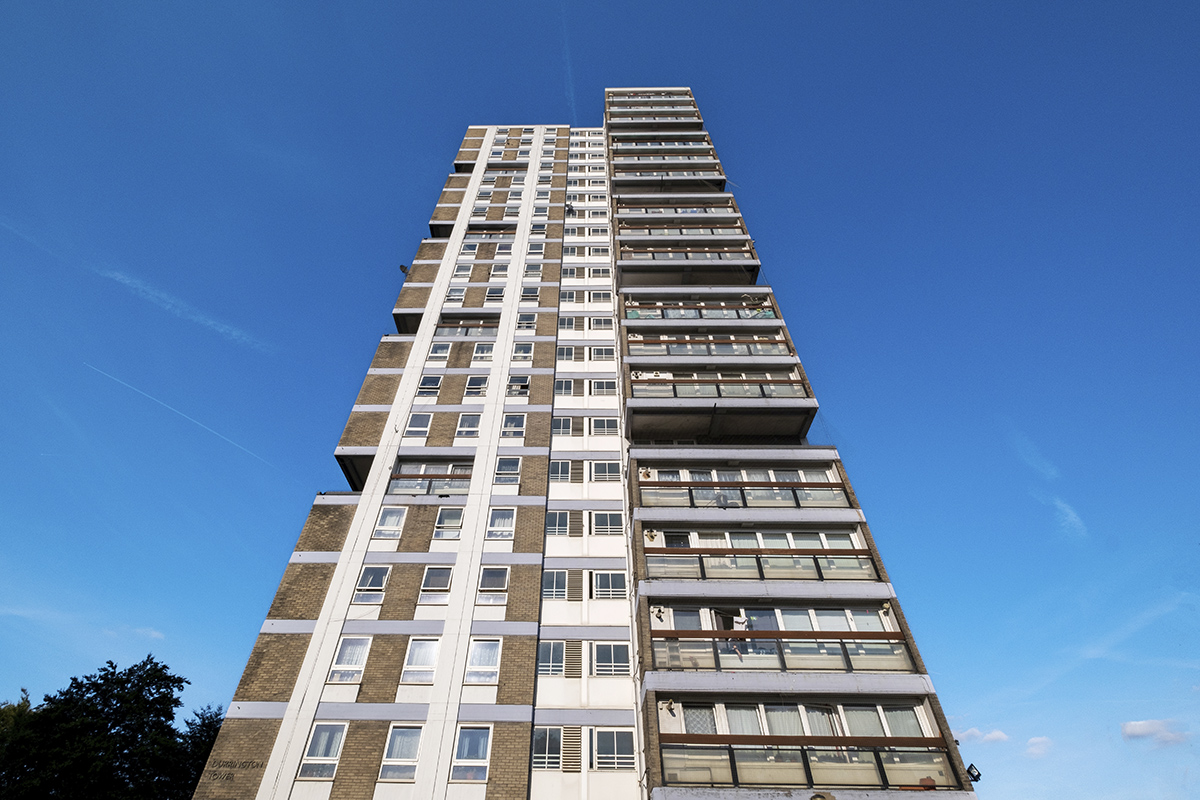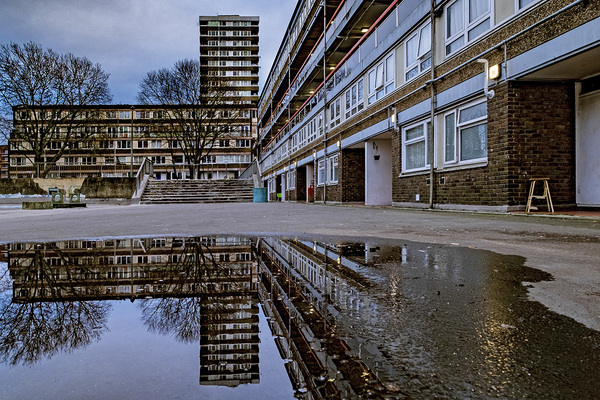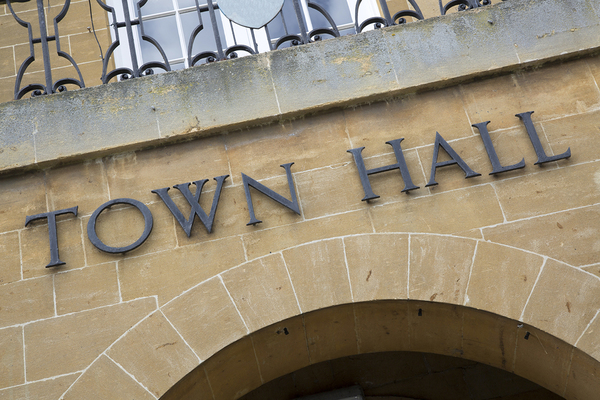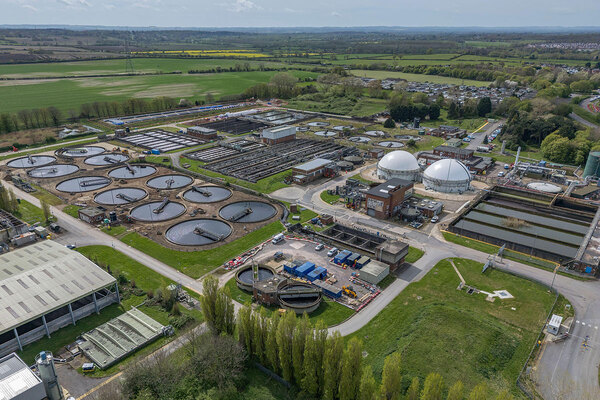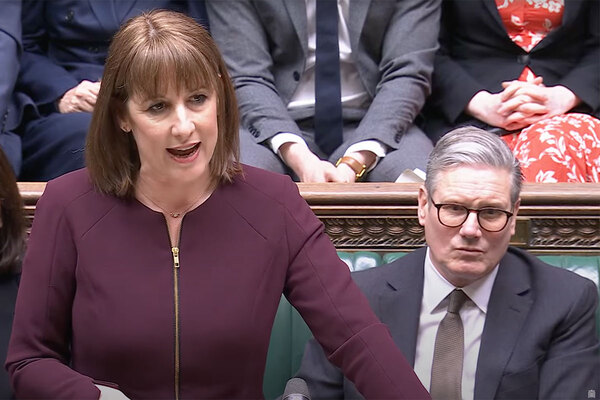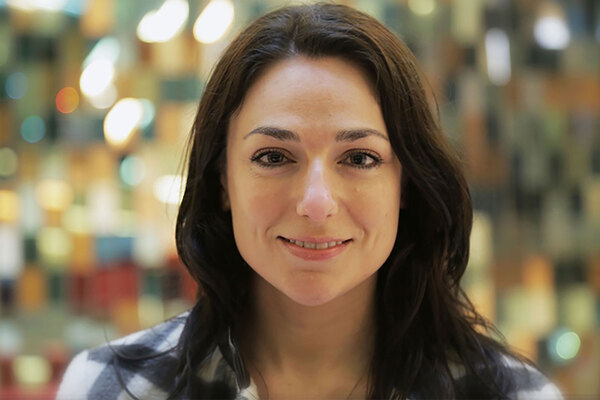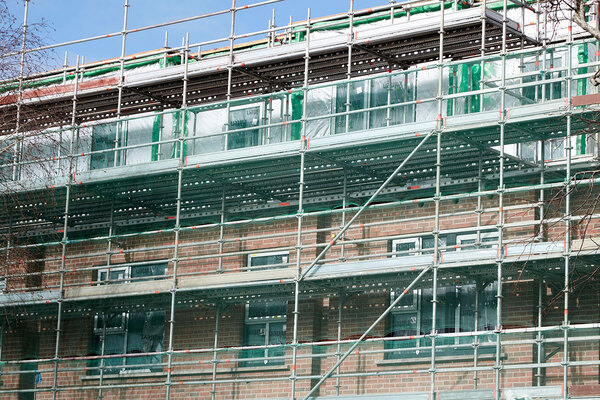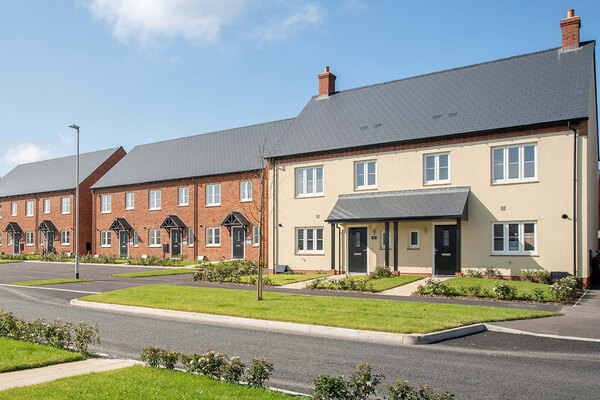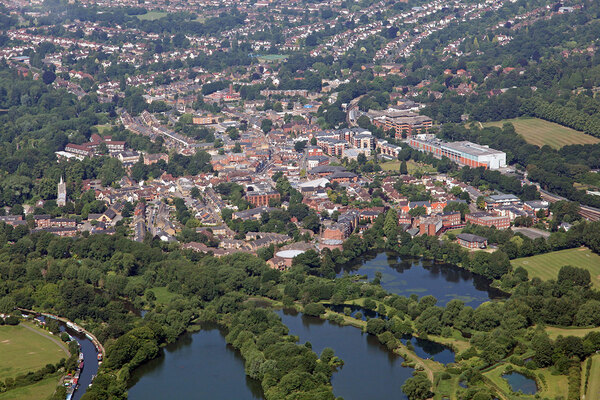Council purchases 156 homes sold under Right to Buy in buyback scheme
Islington Council has bought 156 homes previously sold under Right to Buy since launching a new buyback programme in October.
In an update published ahead of a housing and communities scrutiny meeting next week, the north London council said it had managed to purchase four properties a week since the scheme was approved.
Last year, the council announced that it would be buying back 310 properties sold off under the Right to Buy – on top of the 100 it had already purchased back in July.
The council also said that another 90 homes have been agreed or exchanged.
This would bring the total number to 246, which means the council will have achieved 60% of its target ahead of the March 2026 deadline.
Properties bought so far include 55 one-beds, 42 two-beds, 49 three-beds and 10 four-beds.
Under Right to Buy, council tenants are offered a discount to purchase their homes. The size of the discounts was increased in 2012 under a relaunch of the scheme, to a maximum of £87,200 across England and £116,200 in London.
The average discount in 2021-22 was nearly £68,000.
Islington believes its buyback programme is one of the largest in the country.
It is part of the council’s commitment to increasing the number of council-owned homes in the borough and continuing “Islington’s proud history of welcoming refugees”.
Islington said the additional properties in Islington would provide safe, decent temporary accommodation for people experiencing homelessness, or who have had to leave Afghanistan or Ukraine.
The council used £85m of its own funding and secured an additional £82m from the Department for Levelling Up, Housing and Communities (DLUHC), now called the Ministry of Housing, Communities and Local Government.
In total, it secured £102m of funding from the DLUHC and the Greater London Authority.
Last year, councils welcomed a change by the government that means they can keep 100% of funds from Right to Buy sales for two years, in an effort to boost housebuilding.
The Local Government Association said it was “incredibly pleased” about the move, which it had long been lobbying for.
Local authorities will be able to keep all Right to Buy receipts from sales in 2022-23 and 2023-24 and will have five years to spend the money.
Una O’Halloran, executive member for homes and neighbourhoods at Islington Council, said: “We’re incredibly proud of our buy-backs programme, through which we’re buying back homes at the rate of four a week. Every council home we buy back or build is another home where people can thrive.
“These homes will provide more decent, safe temporary accommodation in Islington - a secure base from which people who are experiencing homelessness or have had to flee conflict can start to rebuild their lives locally.
“We urgently need to increase the amount of decent temporary accommodation available, and we’re keen to build on the success of this programme. We look forward to working with a new government to do so.”
In May, thinktank the New Economics Foundation called for Right to Buy to be devolved after researchers provided an update on how many homes sold under the policy are now in the hands of private landlords.
The number of Right to Buy homes now in the private rented sector has risen by 3.2 percentage points since 2014-15, meaning around 109,000 more former council homes are being let privately compared with a decade ago.
Inside Housing got the first data on the issue in 2015, when it found that 37.6% of ex-council homes in England were being rented privately. It repeated the investigation in 2017, by which point 40.2% of homes were being let on the private market.
Sign up for our Council Focus newsletter
Already have an account? Click here to manage your newsletters
